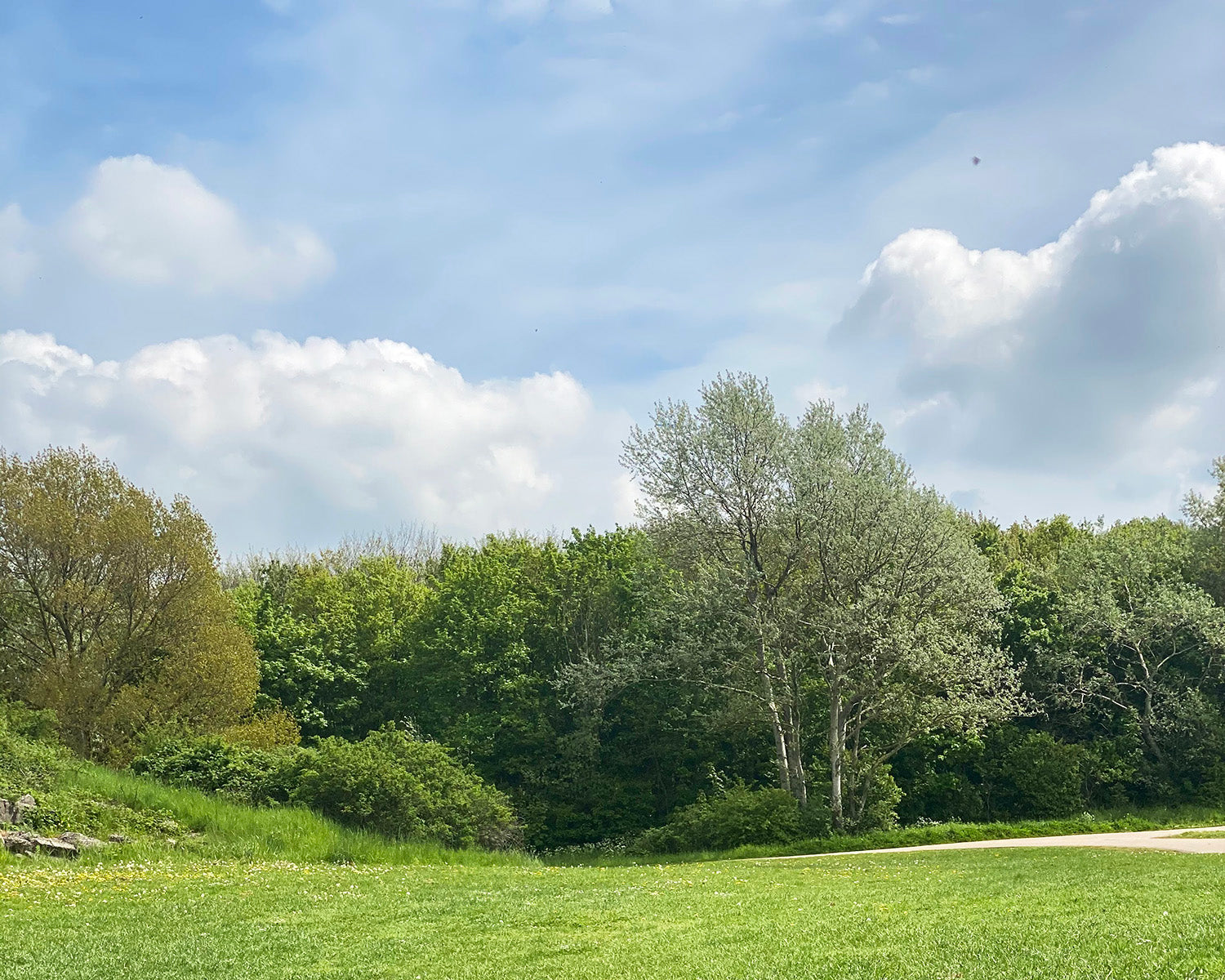In the following list, we break down each material we use during the making process of our shoes. By doing so we inform our clients and stakeholders about the environmental implications of different materials, empowering them to make informed decisions. By sharing our material list we show our commitment and dedication to responsible and ethical practices. By publicly disclosing our materials we can be held accountable for our choices. This provides a basis for continuous improvement.
100% Vintage sneakers

We source thousands of sneakers through our recycling partner Vive in Poland. Next to this we also use well known re-sell platforms such as Ebay, Vinted and Marktplaats to source specific styles. We also regularly receive donations from brands and clients.
Our vegetable tanned leather
All the virgin leather we use to make our shoes is 100% vegetable tanned. The tanning process is what transforms a skin or a hide into leather. There are two different techniques to produce leather. Chrome tanning, the most common method of tanning, uses chemicals, opposed to Vegetable tanned leather. Which is a technique that makes use of natural tannins derived from plant materials such as tree bark, leaves, and fruits. This traditional method has been used for centuries.. We currently work with an Italian tannery, from the region of Tuscany that produces our leather, called Volpi. By working with them we invest in preserving traditional craftsmanship because they are a member of Consorzio Vera Pelle. By being a member of this consortium they undergo a periodic production regulation audit, through the I.Ce.C..
Next to this they comply with Consorzio Vera Pelle's sustainability manifesto.
Vegetable tanned leather is extremely durable. It wears down slowly and while it does it becomes more beautiful after each use. Due to use, sunlight and care, vegetable tanned leather develops a patina; a beautiful dark sheen that only develops on vegetable tanned leather because of how it is tanned.
Accountability:
Leather is a byproduct of the meat industry. Although the definition of byproduct can be discussed, we are convinced it is at least economically a byproduct, because more than 97% of the economic value of a cow comes from its meat. However if the cow skins would go into landfill instead of being made into leather they would emit 94 kg co2/square meter. Opposed to 110 kg co2/square meter when the skins are turned into leather. Leather in general has a large carbon footprint in comparison to other materials. However at the moment we choose to use vegetable tanned leather because of its durability, repairability and beauty. We are convinced that the combination of these three creates let’s us create beautiful products that will be loved,
kept, repaired and worn. Using the products you have is a sustainable act.
Compared to alternatives, which are usually synthetic, leather biodegrades much faster. The most common alternative is synthetic leather, which is essentially plastic that is made from fossil fuels. Depending on its tanning method, leather can biodegrade in 50 years. While synthetic leather takes up to 200 years to biodegrade.
Our cork
Cork is an amazing product in terms of comfort, durability, design and ecological footprint. We source our big granulated cork sheets from a family business based in Portugal, called 3D Cork. This component comes from a tree named cork-oak and is 100% natural. In production the cork granules are mixed with rubber to create the sheets. It is then hand shaped into wedges and used for our shoes.
Our rubber
The actual rubber soles we use for our shoes are produced by Vibram made of high quality EVA, which is a by-product of oil. Even though it offers great comfort and durability to the wearer, this material is virgin, hardly recyclable and has a terrible carbon footprint. Throughout the industry, finding a good alternative to this material is one of the biggest challenges. Through the European Union we have been supported through the Worth Partnership to develop more sustainable soles, that is why we are currently also using TPU outsoles, produced by Givans Fondi. Which is a fully recyclable material.
Our glue
Shoemaking implies the use of glue in many steps and we have found a way to tackle it, by stitching instead of gluing. However, we can not replace all of the steps with stitching. Little by little, doing wearing tests, we were able to replace the regular chemical glue by a strong water-based glue. So far, 20% of the glue we use in our studio is water-based. We aim to reach 100% soon.Climate neutral shipping
When a client orders a pair of our shoes all shipping is climate neutral, because we offset 100% of the greenhouse gas logistics emissions through DHL GoGreen.
Our packaging
We use minimalist packaging. Where possible we use recyclable materials, we aim for functional and environmentally responsible packaging. Our shoe boxes are made for recycled cardboard, and wrapped in newspaper before shipping.
Accountability: At the moment we are using our last supply of pastic tape, when it is finished we will switch to a more sustainable option.



